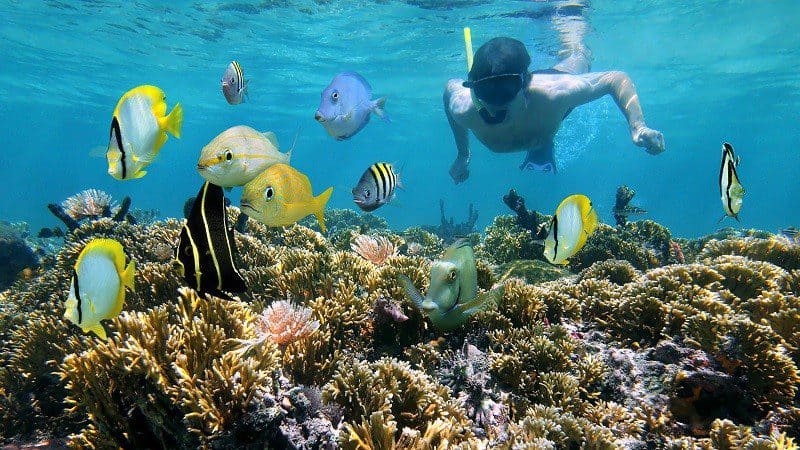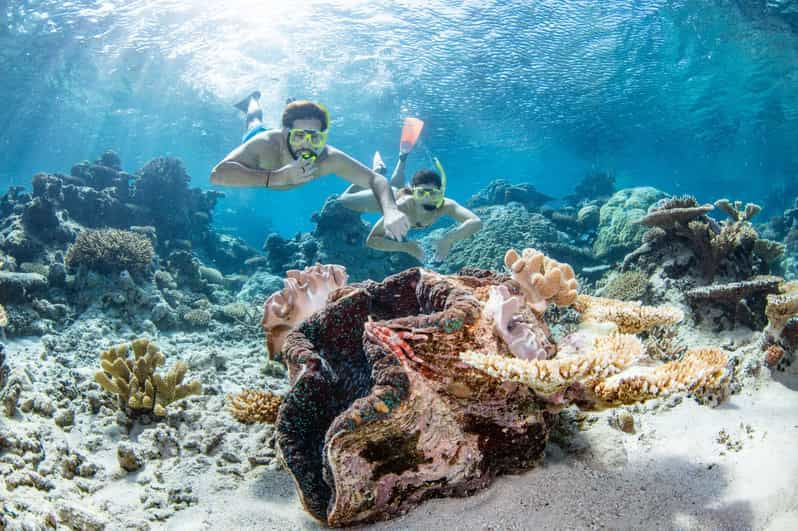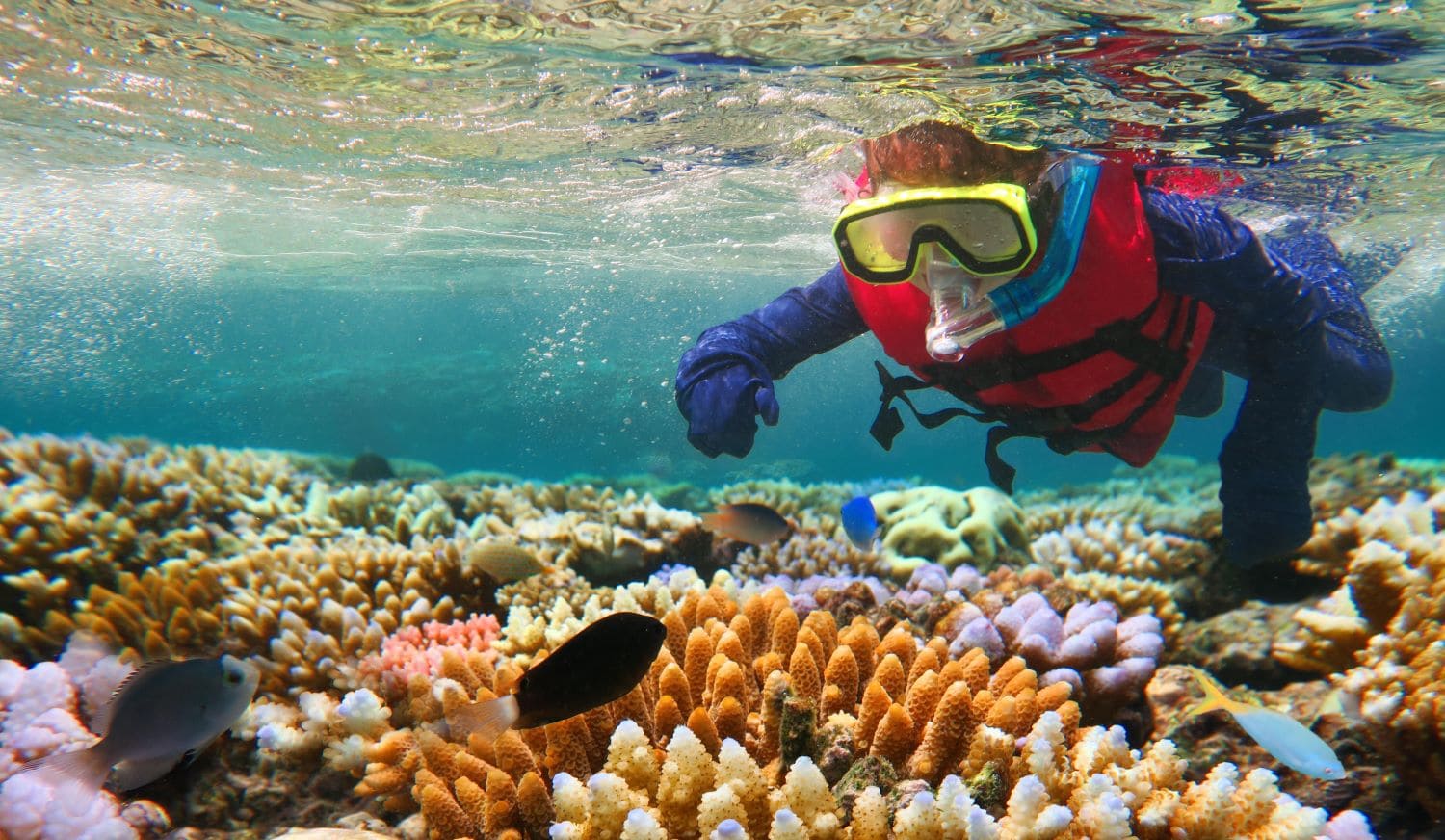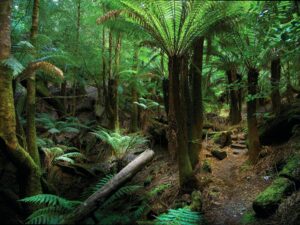
The Great Barrier Reef, one of the planet’s most breathtaking natural wonders, offers unparalleled snorkeling and diving adventures. Stretching over 2,300 kilometers along the coast of Queensland, Australia, it is home to an astonishing variety of marine life and vibrant coral ecosystems. From novices to experienced divers, the reef caters to all skill levels, making it an ideal destination for anyone eager to explore its underwater beauty. With crystal clear waters and abundant sea creatures, a snorkeling or diving trip to the Great Barrier Reef provides not only excitement but also an incredible opportunity to connect with nature.
Why the Great Barrier Reef is a Must-Visit Destination
The Great Barrier Reef is renowned for its rich biodiversity, making it one of the most popular tourist destinations worldwide. It houses over 1,500 species of fish, 400 types of coral, and an array of marine mammals, including dolphins and turtles. In addition to its vibrant life forms, the reef’s picturesque landscapes, characterized by brilliant hues of blue and turquoise, create a stunning backdrop for adventure seekers. Visitors can engage in eco-friendly tours that ensure the preservation of this UNESCO World Heritage site while exploring its wonders. The reef also offers various experiences, such as guided snorkeling tours, introductory scuba diving lessons, and thrilling liveaboard expeditions for more experienced divers. Each of these activities provides unique opportunities to witness the mesmerizing underwater world that attracts millions of visitors annually.

Top Snorkeling Spots in the Great Barrier Reef
If you’re planning a snorkeling adventure, choosing the right spots is essential for a memorable experience. Here are some of the most popular snorkeling locations in the Great Barrier Reef:
- Fitzroy Island: A picturesque island ideal for beginners, featuring easy beach entry and colorful coral gardens.
- Agincourt Reef: Known for its crystal-clear waters, this reef offers excellent visibility and abundant marine life.
- Low Isles: An idyllic sandy island, offering shallow waters perfect for snorkeling among turtles and vibrant fish.
- Green Island: A beautiful coral cay that provides a tropical experience with rich underwater ecosystems.
- Osprey Reef: A further spot for the adventurous, featuring steep drop-offs and mesmerizing marine species.
Each location boasts its unique features, providing snorkelers of all skill levels with opportunities to encounter diverse marine life, including clownfish, sea turtles, and vibrant coral formations. The ideal time for snorkeling is during the warmer months, from May to November, when the water is calm and visibility is optimal.

Diving Adventures for All Skill Levels
Diving in the Great Barrier Reef is an experience like no other, with its stunning underwater landscapes and rich biodiversity. The reef accommodates all skill levels, from novice divers to seasoned professionals, offering a variety of dive sites to choose from. Beginners can opt for guided discovery dives, where they will be accompanied by experienced instructors in warm, shallow waters, allowing for a safe and thrilling introduction to scuba diving. For advanced divers, numerous sites feature exhilarating drift dives, deep dives, and even night dives, each providing a unique perspective of the reef’s vibrant ecosystem.
Popular dive sites like the Cod Hole or the Ribbon Reefs promise unforgettable encounters with large marine creatures, such as giant barramundi cod and friendly reef sharks. Divers can also explore the stunning underwater topography, including dramatic walls and coral gardens rich in biodiversity. Before embarking on any diving adventure, it’s essential to be briefed on marine conservation practices to ensure the protection of this fragile environment while enhancing your diving experience.

Protecting the Great Barrier Reef
As visitors flock to its vibrant waters, it’s crucial to consider the impact of human activities on the Great Barrier Reef’s delicate ecosystem. Climate change, pollution, and overfishing have started to take a toll on the reef’s health. To preserve this natural wonder, various organizations work tirelessly on conservation efforts. Tourists can contribute by choosing sustainable tour operators, respecting marine regulations, and minimizing their environmental footprint.
Additionally, underwater photographers should be conscious of coral health while capturing breathtaking moments, as coral structures are fragile and can easily be damaged by unnecessary contact. Educating oneself about coral reef ecosystems can further enhance your experience and appreciation for the environment. By practicing responsible tourism, visitors can contributes towards protecting the Great Barrier Reef for generations to come.
Conclusion
The Great Barrier Reef stands as a testament to the beauty and diversity of our planet’s marine life. With its inviting waters offering fantastic snorkeling and diving adventures, the reef represents an essential destination for anyone seeking connection with nature’s splendor. Whether you’re swimming alongside brightly colored fish or exploring vibrant coral formations, every moment spent in this underwater paradise is bound to be unforgettable. Protecting the Great Barrier Reef is vital for preserving its magnificence, ensuring that future generations of adventurers can experience its wonders. With proper care and consideration, we can help safeguard this ecological treasure as a symbol of beauty, resilience, and ecological importance.
FAQs
The best time to visit the Great Barrier Reef is during the dry season, between May and November. This period typically offers calm seas and optimal visibility for snorkeling and diving, making it perfect for underwater exploration.
2. Do I need to be a certified diver to explore the Great Barrier Reef?
No, certification is not required to snorkel or participate in introductory diving experiences. Many tour operators offer guided discovery dives for beginners, ensuring a safe and thrilling experience.
3. Can I see marine life without diving?
Absolutely! The Great Barrier Reef is perfect for snorkeling, which allows you to observe marine life at shallow depths. Many snorkel sites are easily accessible, making it suitable for those who prefer not to dive.
4. What should I bring for my snorkeling or diving trip?
It is advisable to bring a swimsuit, sunscreen (reef-safe), a towel, and any personal snorkeling equipment if you prefer. Many tour operators provide necessary gear, but it’s always good to check in advance.
5. How can I contribute to the conservation of the Great Barrier Reef?
You can contribute by choosing eco-friendly tour operators, respecting wildlife and their habitats, avoiding touching coral reefs, and educating yourself about marine conservation. Supporting organizations focused on preserving the reef is also beneficial.



